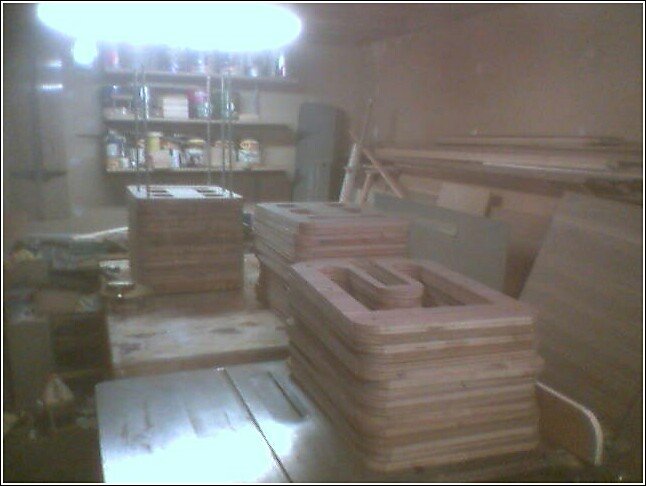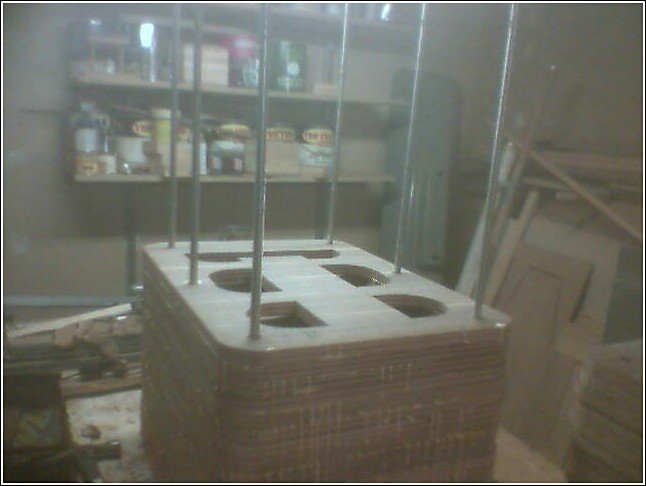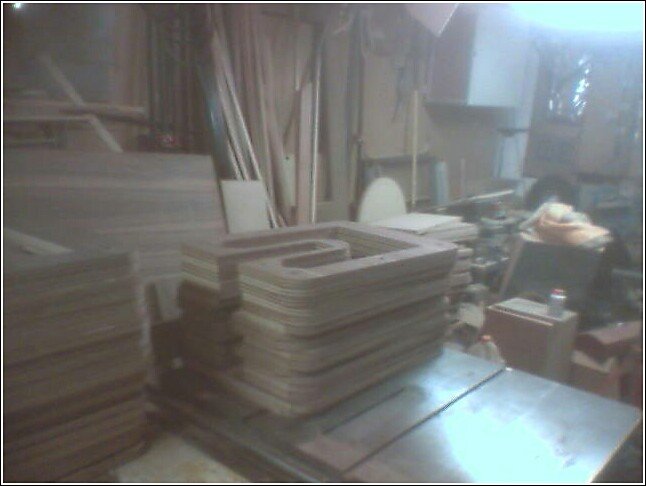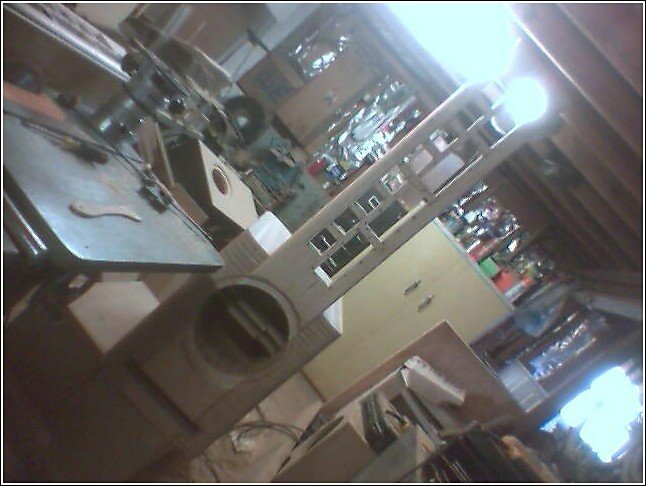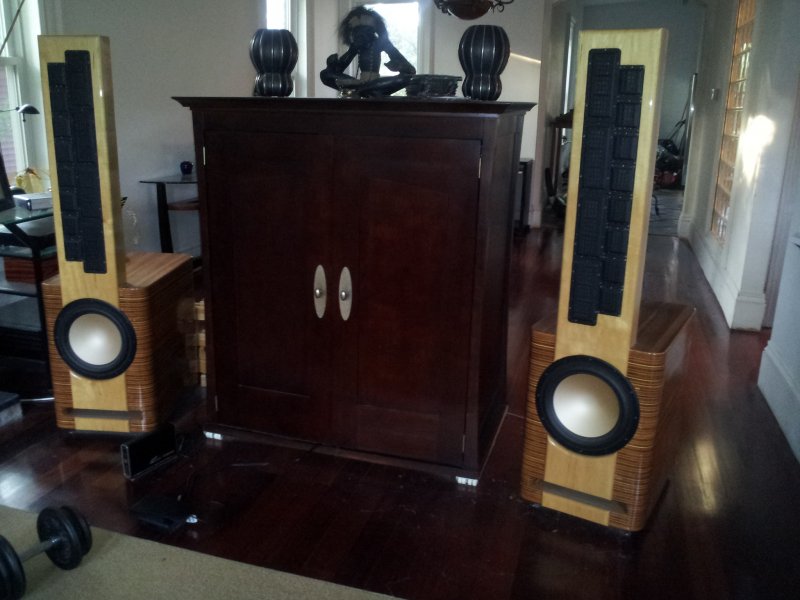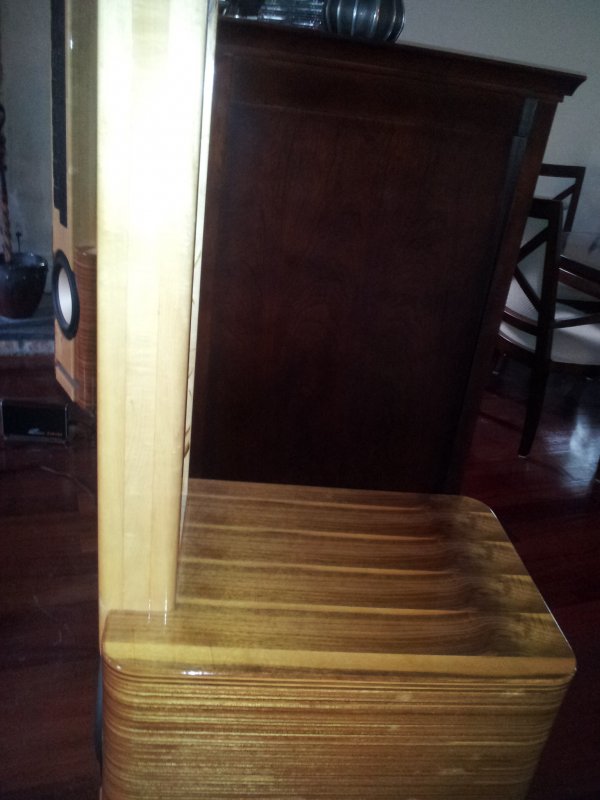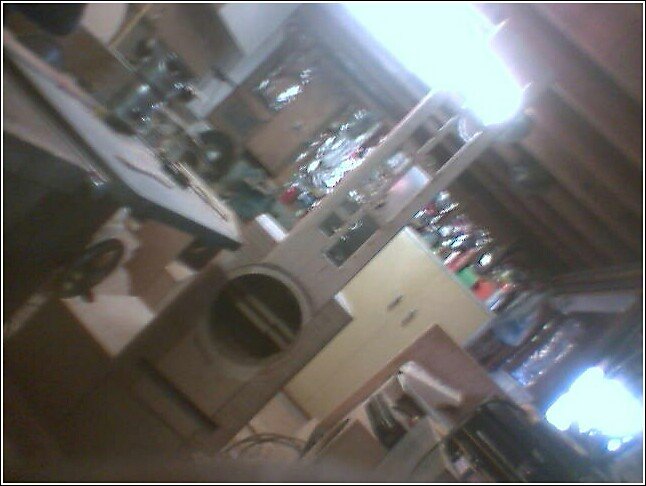Sure, I wanted the system to first be ideal for music (2-channel) reproduction; but also for movies. Music reproduction is a lot more demanding than movie reproduction, so starting with music first makes sense.
First, thanks for posting and showing your setup - beautiful horn speakers! What's the driver(s) and its size used in the bass horn, if I may ask?
On your quoted section above, not sure I agree. Movie sound reproduction can be quite a daunting task for a speaker with its wide dynamic range, complexity of sound field and the demand for proper dialogue reproduction. Not to mention the lowest octaves that can be a beast for many if not most typical, low efficiency hifi-speakers; the more you in "invest" in the power region on down to 20Hz and even below into infrasonics, it becomes clear how much you're potentially missing out on with movie sound here. I'm sure you know. I "only" have bass extension into the 20-25Hz region at full tilt (below which the response is high-passed for driver protection/theoretically lower distortion), albeit at 97dB sensitivity, and so I
am missing out on the infrasonics of many movies. It's a compromise, and I chose to maintain a minimum of sensitivity, frequency bandwidth in the upper range, and keep size factor within an acceptable range.
Speaking for myself I too put music reproduction first, and this then "bleeds" into blessing the movie sound as well. No multi-channel approach here, no center channel (on that, not needing one, we definitely agree as well), just a pair of 2-way main speakers augmented with a pair of tapped horn subs. I'd much rather invest in getting the core basics of sound into place first, and then improve on that until an assessed potential is maxed out.
Most HT speakers are terrible for music reproduction. I'm a big believer in 'less is more' in terms of speakers for home theatres, especially in small rooms. There is usually no need for a center channel. Spending the same budget on fewer speakers and amps will also lead to better sound. Yes, I did get a Trinnov, but mainly because of its virtualization tech for speaker placement and because you can use an external DAC.
Generally agree on the above.
No DSP - other than for subs, I think DSP is a band-aid that is best avoided. Why? Because you're converting A to D to A, two extra conversions which definitely reduce quality. Get it right with room treatment, seating positions, and the right equipment instead of using DSP. For the high-end, anyway, DSP should be avoided.
When you single out the A/D/A conversion processes for being "accountable" for the reduction in sound quality when going the DSP route, is that a qualified guess, or..? Many seem to point to this area of DSP as the weak spot, but at the same time they avoid getting into how a passive crossover between the amp and drivers is not ideal either - to say the least.
Is it the lesser evil then, passive crossovers? From my chair: no, just the opposite. Going active with horns via DSP (because DSP can also be used for crossover duties only, sans digital room correction) is the natural choice for me, as it offers a range of added possibilities with steeper slopes, more accurate notch placements and the opportunity of delay adjustments in particular. Actively you're more effectively maxing out the potential of your amps with better driver control, as well as amp and driver section independency, etc.


